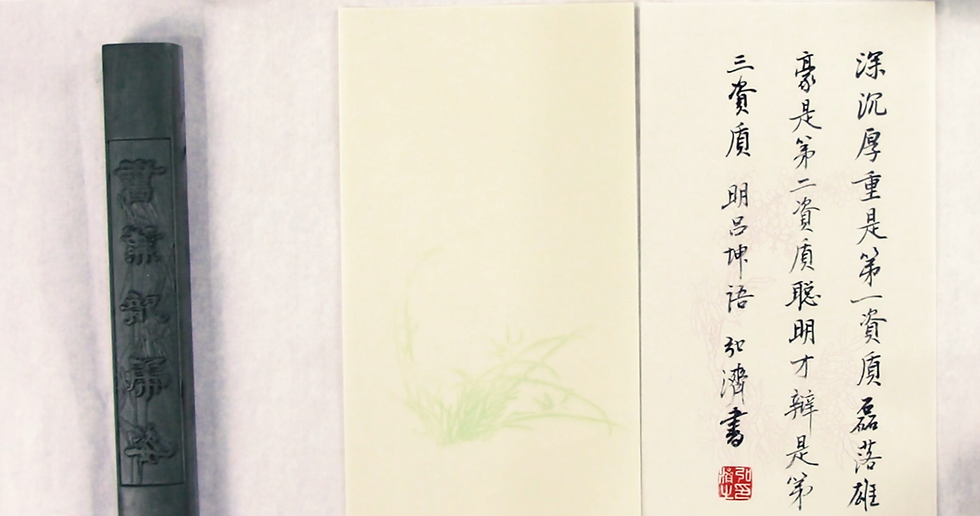Introduction to Chinese Language Studies
- Hongji Wang
- Nov 20, 2024
- 2 min read
Updated: Oct 16
Chinese is unique among the world's languages as the sole surviving system of hieroglyphic characters, preserving an independent linguistic tradition. Its logographic structure allows for unparalleled flexibility in word combinations, enabling it to convey virtually any human expression. While Chinese characters are often considered challenging to write and recognize compared to alphabetic scripts, their pictographic roots traceable to oracle bone inscriptions offer inherent advantages. This visual nature makes Chinese characters accessible, particularly for children and learners from diverse backgrounds, facilitating recognition and memorization through imagery. In contrast, while alphabetic scripts appear straightforward, the lack of uniqueness and high similarity among letters can complicate recognition and recall. To achieve basic literacy and proficiency in an alphabetic language, one must master approximately 15,000 words, whereas a knowledge of 5,000 Chinese characters suffices for listening, reading, speaking, and writing comprehensively.

Chinese culture, deeply rooted in Taoism, the Law of Nature, and the interplay between heaven and humanity, provides philosophical insights into phenomena beyond the reach of modern science. Language not only serves as a tool for expression and communication but also reflects the cognitive frameworks of different cultures. Learning diverse languages broadens holistic thinking and bridges barriers between human communities. While many alphabetic languages and cultures emphasize scientific paradigms, they often struggle with philosophical inquiries that transcend empirical boundaries. Relying solely on alphabetic languages can inadvertently constrain human cognition.
To enrich global cultural perspectives and enhance linguistic, cognitive, and communicative capacities, we advocate for the active study of the Chinese language. Engaging with the profound cultural heritage of Chinese civilization fosters intellectual growth and promotes collaboration in creating a harmonious global culture. By integrating diverse linguistic and cultural traditions, humanity can collectively contribute to peace and progress.
This website, hosted by the ZHENGDAO Chinese Language Association—a non-profit organization committed to social welfare—serves as a platform for academic research and cultural exchange, with a primary focus on Chinese language studies. Additionally, it explores philosophy, history, education, art, and linguistic phenomena from various ethnic groups. Our methods include publishing articles, developing innovative teaching methodologies, organizing seminars, and producing scholarly books and journals. We warmly invite experts, scholars, and language enthusiasts worldwide to join us in advancing linguistic research and education. We also seek financial support from governments, organizations, and enterprises to further our mission of fostering linguistic understanding and cultural collaboration.
Our guiding principle is to study language and culture without engaging in political commentary. With a steadfast commitment to reviving the splendor of ancient languages, we envision a future where linguistic barriers no longer hinder global communication. Together, we aspire to illuminate humanity’s shared cultural legacy.
_edited.png)



Comments